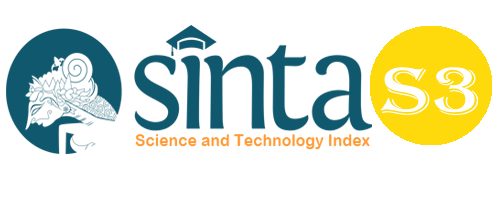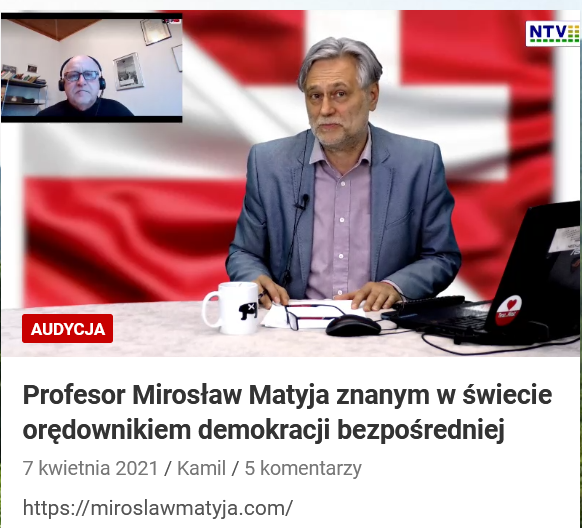The Effect of Land Use and Traffic Performance on Urban Air Quality in the Maminasata Peri-Urban Area
Abstract
The corridor of the Hertasning-Tun Abdul Razak road section is a peri-urban area that is experiencing high dynamics due to the need for housing and new facilities for activities. This manifests a spatial transformation. Spatial transformation has an impact on increasing anthropogenic activity which can reduce air quality. Increased journal anthropogenic activity with land use and performance across corridors. This research uses quantitative methods to measure the relationship between variables using land, traffic performance, and climatic conditions to air quality with data analysis using SEM PLS. The results of the hypothesis statistically on the effect of each independent variable on the dependent variable on land use have a significant effect on climatic conditions and air quality. However, land use variables have a dominant influence on air quality. Meanwhile, the analysis of the indirect effect shows that there is no indirect effect between land use and traffic performance on air quality. This shows that climatic conditions are not a mediating variable. The results of the analysis also show that there are only 2 valid land use indicators showing the effect, namely the use of grass land and water bodies. This explains that the increased built-up area on the Hertasning-Tun Abdul Razak road corridor does not affect air quality, but what affects air quality is the dominance of anthropogenic activities that can release emissions into the air. Anthropogenic activities that affect air quality are expected to come from open dumping, smoke pollution from fish combustion systems, and emissions from domestic waste that enter air bodies.
Keywords
Full Text:
PDFReferences
Borrego, C. et.al (2006). How Urban Structure Can Affect City Sustainability From An Air Quality Perspective. ELSEVIER. Environmental Modeling & Software 21 (2006).pp.461-467.
Coutts, AM, Beringer, J., & Tapper, NJ (2007). Impact of increasing urban density on local climate: Spatial and temporal variations in the surface energy balance in Melbourne, Australia. Journal of Applied Meteorology and Climatology, 46(4), 477–493.https://doi.org/10.1175/JAM2462.1.
Environmental Protection Agency. (2009). Retrieved February 14, 2011, from Urban Heat Island Effect: http://www.epa.gov/heatisld/about/index.htm.
Ghozali, Imam, (2006), Application of Multivariate Analysis with SPSS Program, Diponegoro University Publishing Agency, Semarang.
Ghozali, Imam, (2008a), Structural Equation Model, Concept and Application with AMOS 16.0 Program, Diponegoro University Publishing Agency, Semarang.
Gunawan, H., Ruslinda, Y., & Putri, D. (2015). The Effect of Traffic Characteristics on NO2 Gas Concentration in Ambient Air Roadside Padang City Secondary Road Network. ACE National Conference, 88–94.
Haryono, S., and Wardoyo, P. (2012). Structural Equation Modeling, Bandung, PT. Main Personnel Intermedia.
He, J., Wu, L., Mao, H., Liu, H., Jing, B., Yu, Y., Ren, P., Feng, C., & Liu, X. (2016). Development of a vehicle emission inventory with high temporal-spatial resolution based on NRT traffic data and its impact on air pollution in Beijing - Part 2: Impact of vehicle emission on urban air quality. Atmospheric Chemistry and Physics, 16(5), 3171–3184.https://doi.org/10.5194/acp-16-3171-2016.
Heald, CL, & Spracklen, DV (2015). Land Use Change Impacts on Air Quality and Climate. Chemical Reviews, 115(10), 4476–4496.https://doi.org/10.1021/cr500446g.
Huang, Y., Unger, N., Harper, K., & Heyes, C. (2020). Global Climate and Human Health Effects of the Gasoline and Diesel Vehicle Fleets. GeoHealth, 4(3), 1–13.https://doi.org/10.1029/2019GH000240.
Inoguchi, T., Newman, E., Paoletto, G., (1999). Cities and Environment: New Approaches for Eco-Societies. The United University Press, Tokyo, New York, Paris.
Maru, R., & Ahmad, S. (2015). The relationship between land use changes and the urban heat Island phenomenon in Jakarta, Indonesia. Advanced Science Letters, 21(2), 150–152.https://doi.org/10.1166/asl.2015.5842.
Romero, H. et.al (1999). Rapid Urban Growth, Land-Use Change and Air Pollution in Santiago, Chile. PERGAMON. Atmospheric Environment 33 (1999).pp. 4039-4047.
Shah, M. et al. (2020). The Development Impact of PT. Medco E & P Malaka on Economic Aspects in East Aceh Regency. Budapest International Research and Critics Institute-Journal (BIRCI-Journal). P. 276-286.
Surya, B. (2016). Change Phenomena of Spatial Physical in Dynamics of Development in Urban Fringe Area. Indonesian Journal of Geography. Vol.48. No. 2. December 2016. Pages: 118-134.
Syardiansyah. Et al. (2020). Knowledge Management Strategies to Improve Learning and Growth in Creative Industries: A Framework Model. Budapest International Research and Critics Institute-Journal (BIRCI-Journal). P. 1903-1915
DOI: https://doi.org/10.33258/birci.v5i1.3921
Article Metrics
Abstract view : 46 timesPDF - 27 times
Refbacks
- There are currently no refbacks.

This work is licensed under a Creative Commons Attribution-ShareAlike 4.0 International License.

This work is licensed under a Creative Commons Attribution-ShareAlike 4.0 International License.

_.gif)

















_.gif)



